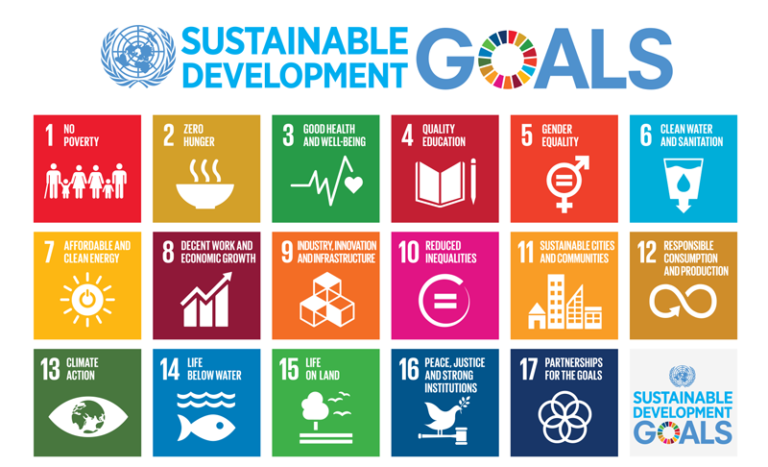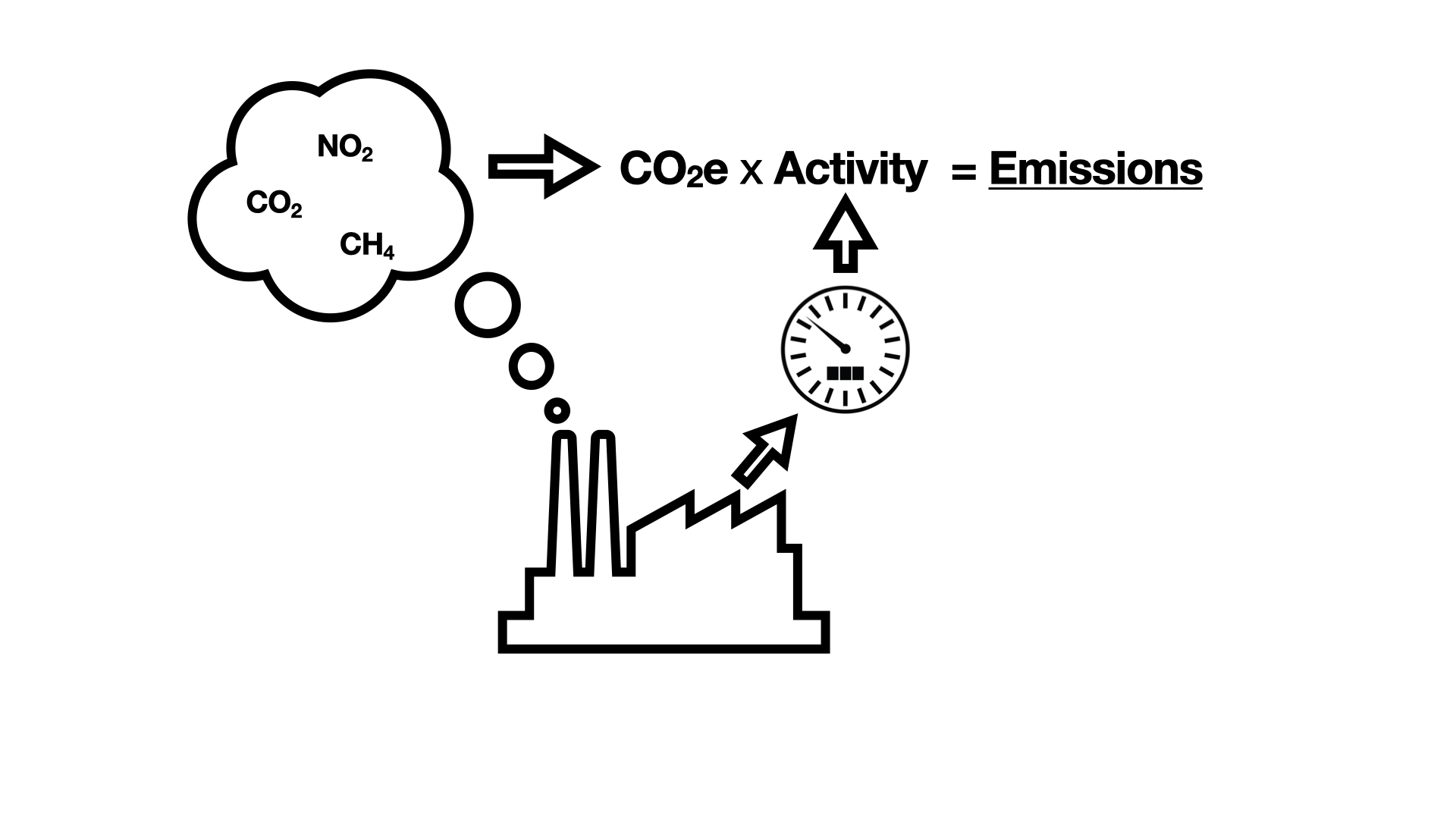How does the carbon footprint report match with the SDGs ?
SDGs and the corresponding indicators and targets
Today we will take a little side trip. After the Carbon footprint report, emission factors and an initial tip in terms of tooling, today we take a quick look at how the carbon footprint report translates to the SDG categories.

So let's start with what do you know about alle the SDGs:
The Sustainable Development Goals (SDGs) are a set of 17 global goals adopted by the United Nations in 2015 as part of the 2030 Agenda for Sustainable Development. The SDGs are designed to be a blueprint for a better and more sustainable future for all, and address a wide range of issues including poverty, inequality, climate change, environmental degradation, peace, and justice.
The SDGs are:
- No Poverty
- Zero Hunger
- Good Health and Well-being
- Quality Education
- Gender Equality
- Clean Water and Sanitation
- Affordable and Clean Energy
- Decent Work and Economic Growth
- Industry, Innovation and Infrastructure
- Reduced Inequalities
- Sustainable Cities and Communities
- Responsible Consumption and Production
- Climate Action
- Life Below Water
- Life On Land
- Peace, Justice and Strong Institutions
- Partnerships for the Goals
Each of the SDGs has specific targets and indicators that are used to measure progress towards achieving the goals. The SDGs are intended to be universal, meaning that they apply to all countries and all stakeholders, including governments, civil society, the private sector, and individuals. The SDGs are also interconnected, meaning that progress in one area can contribute to progress in other areas. So when talking about the carbon footprint report you can imagine that there are links to several of those SDGs and relations between them. In particular, carbon footprinting is closely linked to SDG 13: Climate Action, which aims to "take urgent and ambitious action to combat climate change and its impacts." Carbon footprinting is a way to measure and reduce greenhouse gas emissions, which are a major contributor to climate change. By reducing their carbon footprint, organizations and individuals can help to achieve SDG 13 and contribute to the global effort to combat climate change.
But Carbon footprinting is also relevant to several other SDGs, including:
- SDG 7: Affordable and Clean Energy - Reducing energy consumption and increasing the use of renewable energy can help to lower a carbon footprint and contribute to the goal of providing affordable and clean energy for all.
- SDG 12: Responsible Consumption and Production - Carbon footprinting can help to identify ways to reduce the environmental impact of consumption and production and promote more sustainable practices.
- SDG 14: Life Below Water - Climate change is a major threat to marine ecosystems and reducing greenhouse gas emissions can help to protect oceans and promote the sustainable use of marine resources.
Overall, carbon footprinting is an important tool for achieving several of the SDGs and contributing to a more sustainable future.
So far so good, but wat does this mean in terms of KPIs ?
The Sustainable Development Goals (SDGs) have specific targets and indicators that are used to measure progress towards achieving the goals. Here are the targets and indicators for SDGs 7, 12, 13 and 14:
SDG 7: Affordable and Clean Energy
- Target 7.1: By 2030, ensure universal access to affordable, reliable and modern energy services.
- Indicator 7.1.1: Proportion of population with access to electricity
- Indicator 7.1.2: Proportion of population with primary reliance on clean fuels and technology
- Target 7.2: By 2030, increase substantially the share of renewable energy in the global energy mix.
- Indicator 7.2.1: Renewable energy share in the total final energy consumption
SDG 12: Responsible Consumption and Production
- Target 12.2: By 2030, achieve the sustainable management and efficient use of natural resources.
- Indicator 12.2.1: Material footprint, material footprint per capita, and material footprint per GDP
- Target 12.5: By 2030, substantially reduce waste generation through prevention, reduction, recycling and reuse.
- Indicator 12.5.1: Material recycling rate, organic recycling rate, and recycling rate of selected products
SDG 13: Climate Action
- Indicator 13.1.1: Proportion of total energy consumption that comes from renewable sources
- Indicator 13.2.1: Annual greenhouse gas emissions per capita
- Indicator 13.2.2: Percentage of companies that have conducted a carbon footprint analysis
- Indicator 13.3.1: Number of people who have received training on how to measure and reduce their carbon footprint
- Indicator 13.b.1: Total emissions reductions achieved through carbon pricing
- Indicator 13.b.2: Total investment in low-carbon and climate-resilient infrastructure
SDG 14: Life Below Water
- Target 14.1: By 2025, prevent and significantly reduce marine pollution of all kinds, in particular from land-based activities, including marine debris and nutrient pollution.
- Indicator 14.1.1: Marine water quality, as measured by the concentration of nutrients and other pollutants
- Target 14.2: By 2020, sustainably manage and protect marine and coastal ecosystems to avoid significant adverse impacts, including by strengthening their resilience, and take action for their restoration in order to achieve healthy and productive oceans.
- Indicator 14.2.1: Area of marine protected areas in relation to marine areas
These are just a few examples of the targets and indicators for SDGs 7, 12, and 14. There are many more targets and indicators for these and the other SDGs, which can be found on the United Nations website. It's up to the organizations to see where they have an impact (direct or indirect) and take it from there to start measuring, reporting on it and take action in moving the trend downwards.
Next week we'll dive into the cost saving aspect of carbon footprinting or where and how you can save money by applying carbon footprinting.



